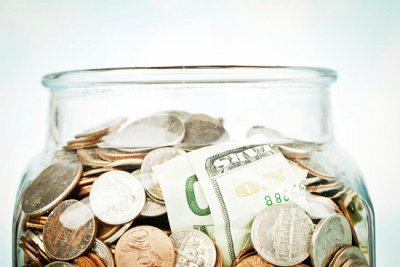How much do you have saved for retirement? That’s a standard retirement-planning question to ask, but the answer isn’t as cut and dry as it may seem. Even if you come up with a dollar figure, the actual value of that figure depends on what kind of money it is.
You see, some retirement dollars are worth more than others. Ultimately, the amount of money you have available to spend in retirement depends on the tax status of your retirement savings. Tax status impacts two things:
- How retirement investments accumulate value
- How much of your money will be available to spend when you reach retirement
Because of this, two people with the exact same amount saved may be headed for very different retirement lifestyles because of the retirement investment strategy they chose. In short, the tax status of your retirement investments may not only determine when you can retire but also how long a retirement and good living standard you can achieve.
There are several types of retirement plans, but they can be summarized into three distinct categories:
- Pre-tax contributions with taxes on earnings deferred: This includes traditional IRAs and 401(k) retirement plans. Taxes on both the money you contribute and the earnings on those retirement investments are deferred until you withdraw money from the plan.
- After-tax contributions with taxes on earnings sheltered: This includes Roth IRAs and the less common Roth 401(k). You have to pay taxes on money going into these plans; but once you do that, there is no subsequent tax on investment earnings or withdrawals as long as you meet eligible distribution requirements.
- After-tax dollars with taxable earnings: People often save some money outside of tax-advantaged retirement plans, either because they want to save more than the contribution limits those plans allow or they want greater flexibility about when and how they use the money. Dollars going into these savings have already been taxed and there will also be taxes on any investment earnings on those dollars.
From the standpoint of accumulating money, the first category will build your nest egg the fastest: Your contributions are not reduced by taxes, nor are your retirement earnings.
Savings in the second category will be slowed down by an initial hit to contributions but, after that, will be able to grow your investments without further taxes.
The third category represents the toughest way to accumulate money, since it is taxed initially and then any investment earnings are also subject to income or capital gains taxes.
So this begs the question: which dollars are the most valuable?
Once you reach retirement, the attractiveness of these three categories of retirement savings changes somewhat. When you go to use your money, you may find that some retirement dollars are worth more than others.
Suppose you have $50,000 in a 401(k), $50,000 in a Roth IRA and $50,000 in savings outside of any qualified retirement plan.
When you reach retirement age, you will have to pay income taxes on any money you withdraw from the 401(k). Thus, the $50,000 in that retirement plan will be reduced by those taxes as it comes out of the plan. For example, to someone in the 22 percent Federal tax bracket taking the money out all in one year, that $50,000 would actually be worth only $39,000 (even less if you have to pay state taxes).
In contrast, the $50,000 in either a Roth IRA or in non-retirement plan money will be available to you in full because you have already paid taxes on it. Still, money in a Roth has a slight edge over non-retirement plan money because the dollars in the Roth that you don’t use can continue to grow tax-free in retirement.
In short, a pre-tax retirement plan is the fastest way to accumulate retirement money — but this can be an illusion. That money will be less valuable to you in retirement than after-tax dollars, because ultimately you will have to pay taxes on retirement distributions.
Whether you choose to pay taxes on retirement savings up front or defer them until you start taking retirement distributions should largely come down to whether you expect to be in a higher tax bracket now or in retirement. That depends on whether you are currently a low or high earner and on your view of future tax policy.
In any case, the important thing is to be aware that some retirement dollars are more valuable than others. And the best plan has options provided by diversified sources of income – having money saved in all categories gives you the flexibility to take action in whatever tax environment you’re faced with.
